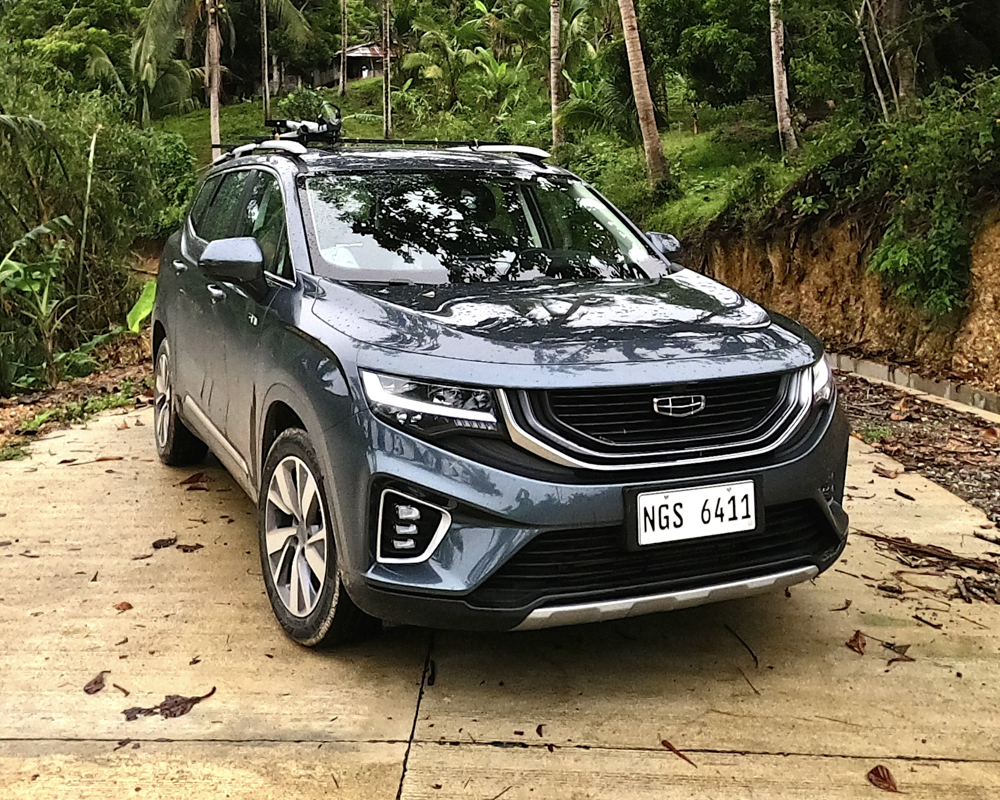
In the early 2000s, I test-drove a Chinese hatchback and was convinced that the only people that the manufacturer could market to would be cash-strapped fleet accounts that didn’t mind investing in throwaway vehicles. It wheezed its way to 100km/h, the doors felt tinny, the ride was floaty, and it even smelled weird. While it did get me from point A to point B, it just reeked of so much cheapness that I couldn’t imagine anyone wanting to drive one unless they were paid to do so. I distinctly remember being extra careful with braking distances, because it felt as crashworthy as a Coke can.
How times have changed. While Geely didn’t make that particular car, it does have a history of building cheap runabouts. For many years, the company was in the business of affordable transportation until its CEO Li Shufu managed to buy Volvo from the Ford Motor Company back in 2010. And while the arrangement was such that its new owner wouldn’t meddle in how Volvo makes its cars, it would also understandably benefit from the engineering know-how of the Swedish firm.
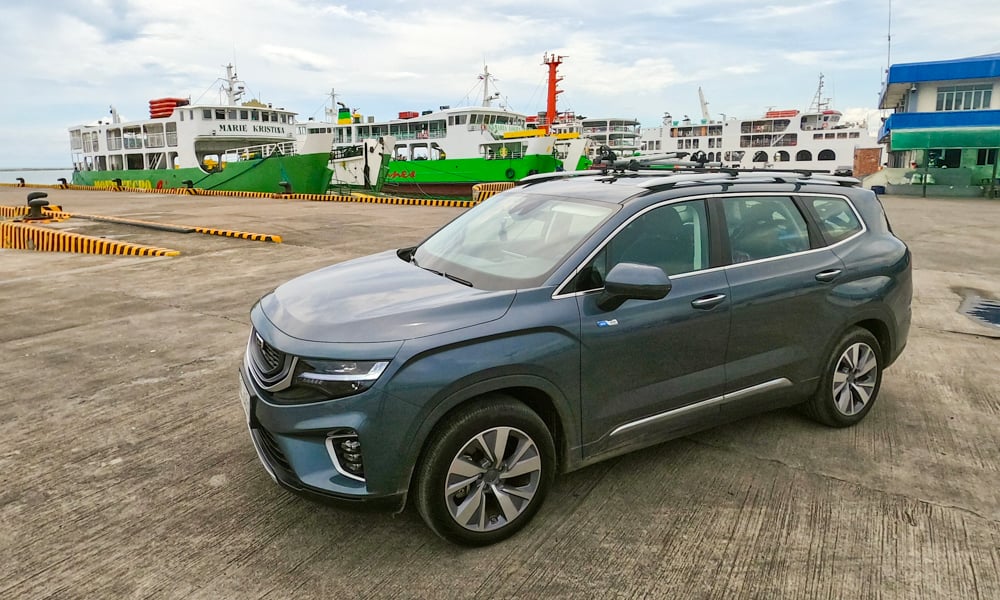
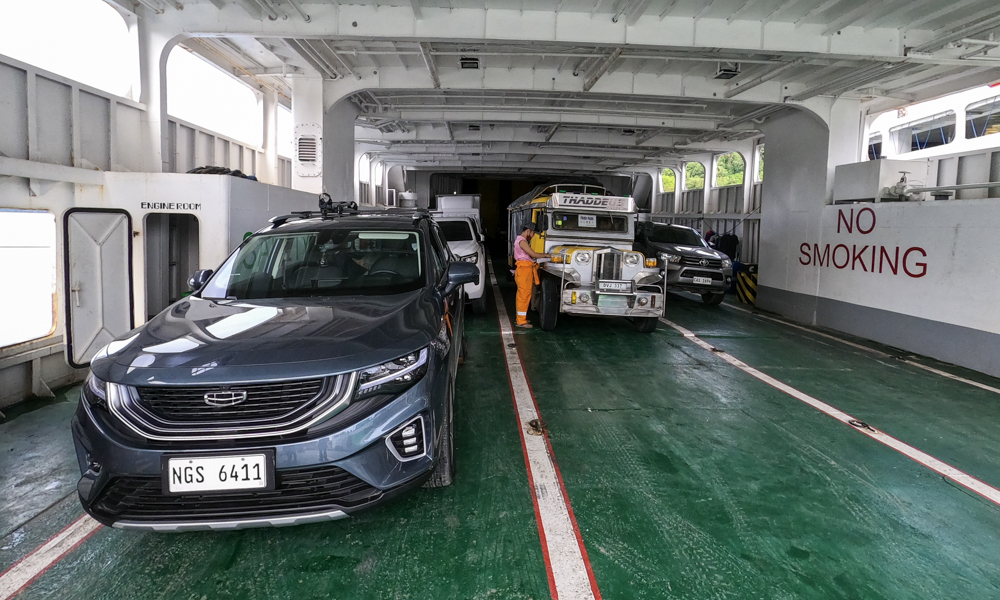
A clearly positive result of this marriage is the Okavango, so named after a river delta in Botswana, but it really just reminds me of a banal high-school joke of the legend of oonga-boonga. In any case, it’s probably better than its Chinese name, which is Haoyue (I’m good, thanks for asking). Really, the name is probably the only thing I can poke fun at, because the Okavango is a very good car. A five-day, 600km trip to and around Marinduque with a full load was a pretty convincing argument for me.
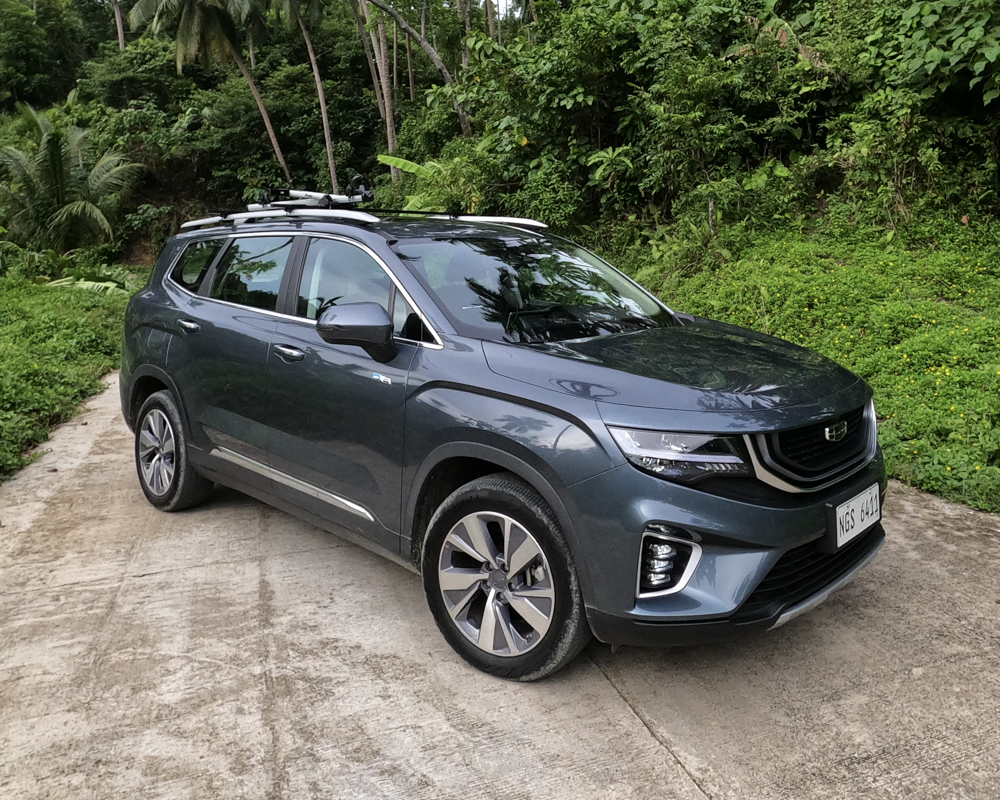
Aesthetically, the “Oka” immediately scores points with its understated styling. Nothing flashy or tacky, and doesn’t call attention to itself. Rich paint and precise panel gaps give off a quality vibe, and it continues inside with a spacious cabin that’s more European than Asian. There’s this cubic motif going on with the dashboard, and it also affords a decent amount of space for cupholders, a phone/coin pad, and storage bins. The little shelf below the console is big enough for items like your wallet or for hiding your dashcam cord. The seats are plush, the plastics are soft, and the doors close with a solid “thunk.” The cabin is mostly black and gray, and the only colorful areas are the digital instrument panel and the infotainment system.
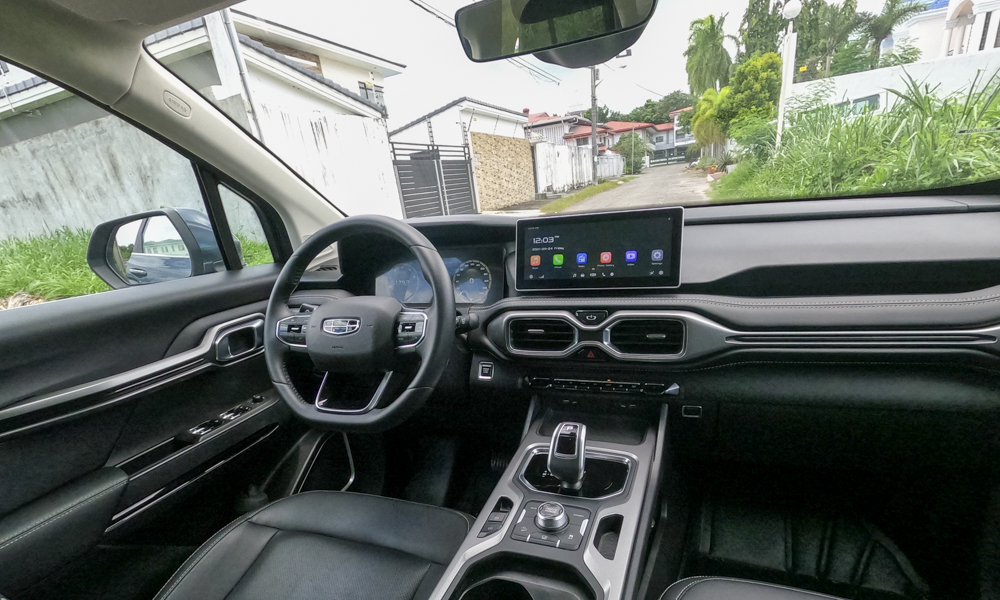
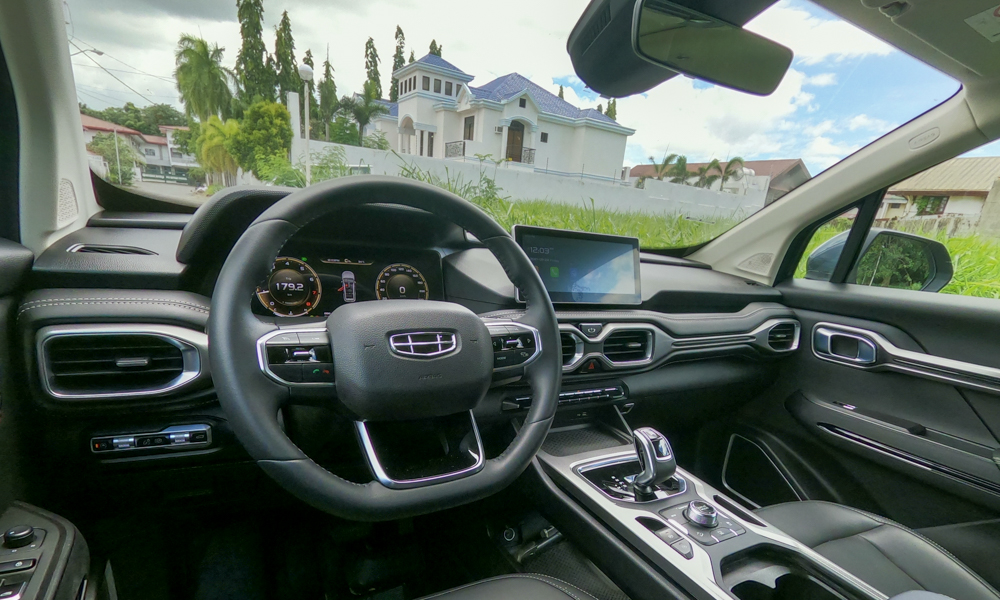
Driving the car is an eye-opener, with the smooth power delivery and seamless shifting brought forth by a mild hybrid turbo three-cylinder engine. It’s quiet and efficient, and though it’s not a sporty ride by any measure, it has enough go juice to get you moving quickly when you stomp on the gas pedal—190hp and 300Nm, to be exact. The seven-speed transmission has “Eco,” “Comfort,” and “Sport” modes accessed by a dial near the shifter, but I couldn’t really feel any big differences between each setting.
For manual shifting, I just put the gear selector in the manual gate, but the software is conservative and won’t allow downshifts if you’re above 4,000rpm, and will insist on upshifting well short of the redline. One thing about three-bangers, though, is they lack a musical exhaust note. All you’ll ever hear is a very faint drone, buried under a lot of sound-deadening materials.
The chassis is also above average, with a sublime ride quality, good brakes, and precise steering that you don’t think about it anymore once you focus on the driving. Everything just works, and works well. You know, like a Japanese or European car.
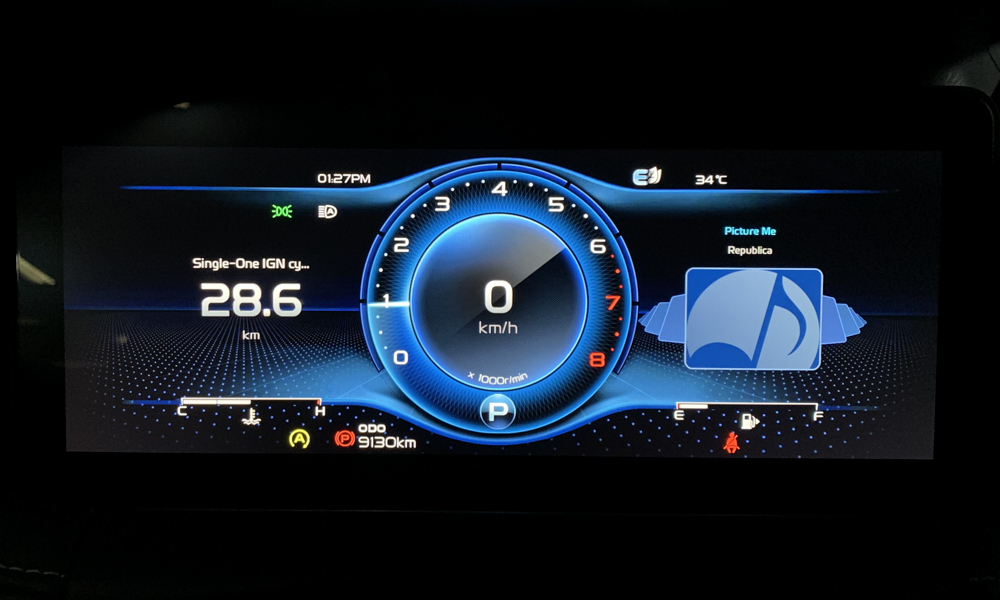
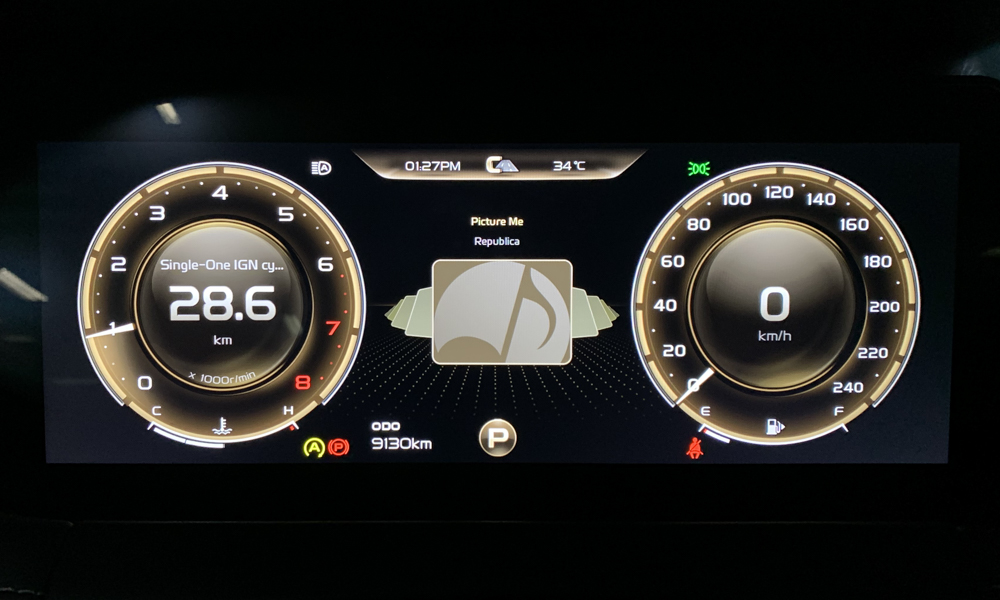
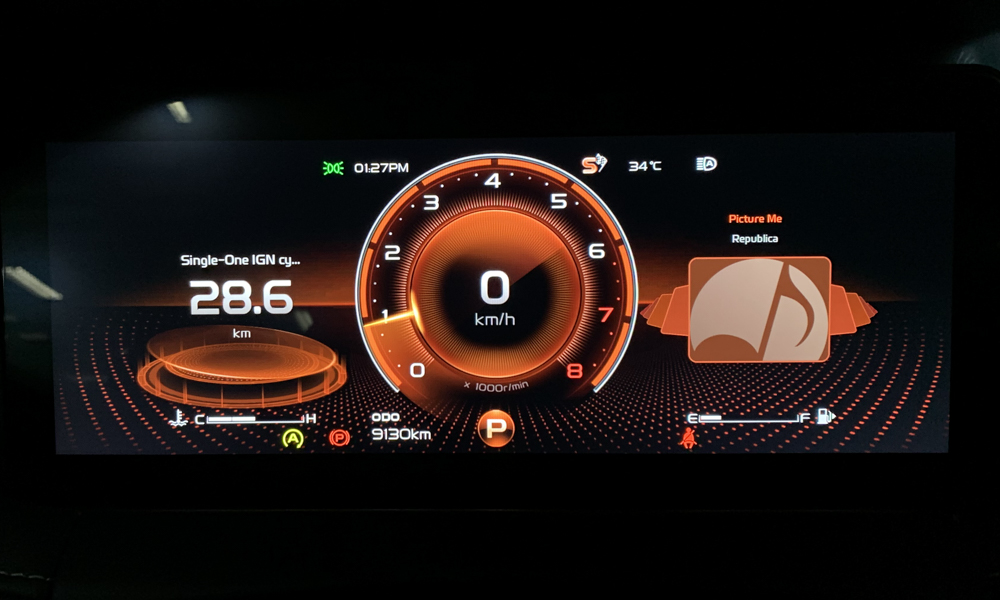
Cabin configurations have also taken a page from the best MPVs out there, with three individually adjustable middle seats, and two foldable third-row seats. It’s a versatility that opens up a lot of possibilities. In my case, I was able to fit myself plus three adults, two bikes, plus 12 bags in the back. With this setup, the car still had enough verve to get us going at a brisk pace and averaged 10km/L.
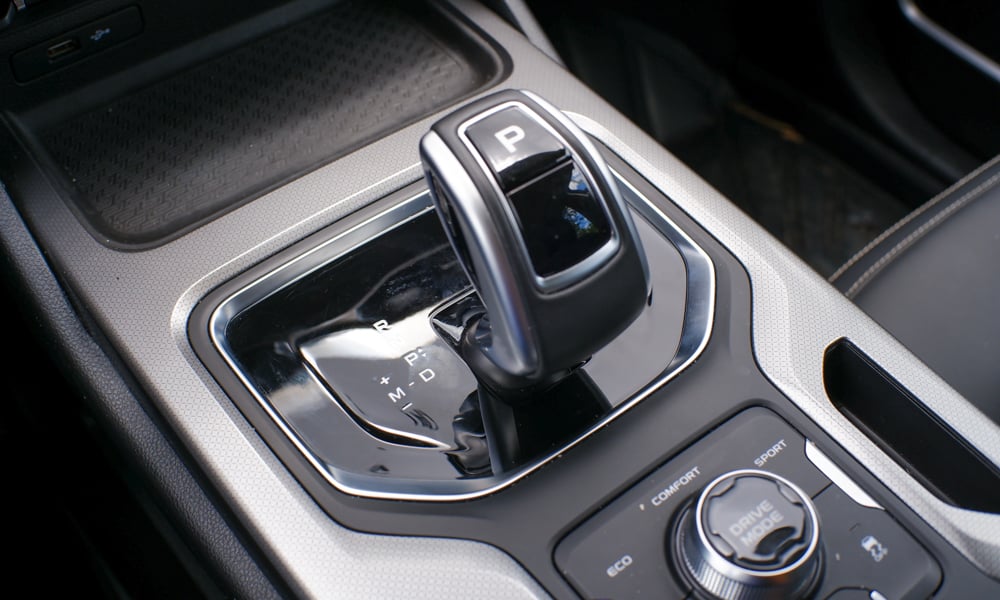
It even has a 360⁰ camera that I found especially useful while navigating through dicey areas of the island province. It only works at sub-30km/h speeds, but it helps a lot in preventing you from scraping the sides or dropping a wheel off the road edge. A power liftgate and a panoramic moonroof are part of the package. One downside of the predominantly black interior is that it’s pretty dark when you’re loading stuff at night. The cabin lights are either too small or too weak (or maybe my eyesight is failing me).
Aside from managing the climate control and stereo, the infotainment screen lets you customize the car’s lights and auto-lock settings. There’s no Apple CarPlay or Android Auto, but instead, there’s a mirror mode for your phone. In my experience, it tended to hang and was a poor substitute for real smartphone integration. In addition, while it’s nice to have most of the secondary functions integrated into the system, it wouldn’t hurt to have a traditional dial for volume control. Apart from the volume buttons on the steering wheel and on the screen, there’s no easy way to adjust the loudness if you’re a passenger. Or maybe that was the designer’s intent.
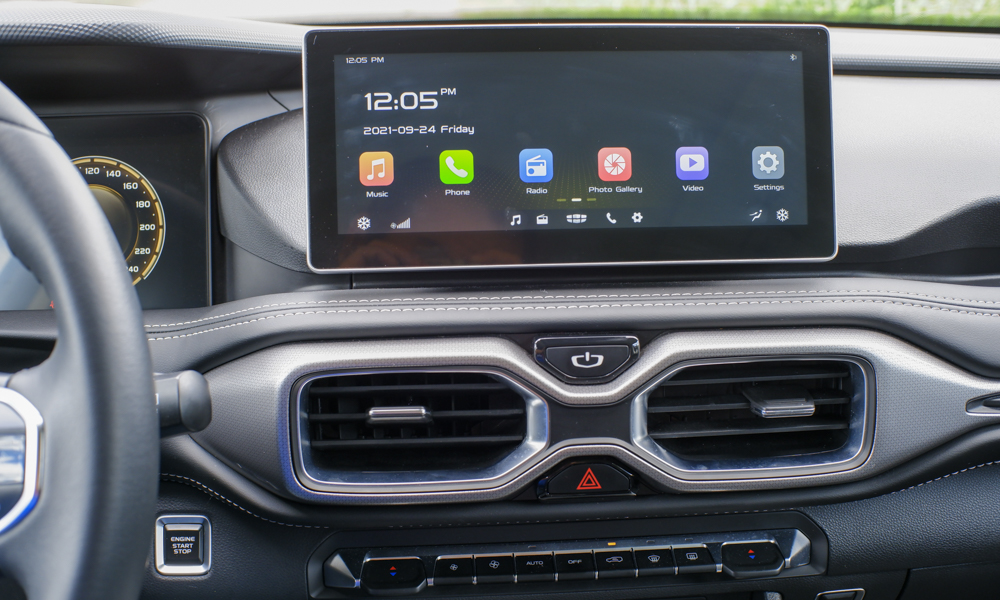
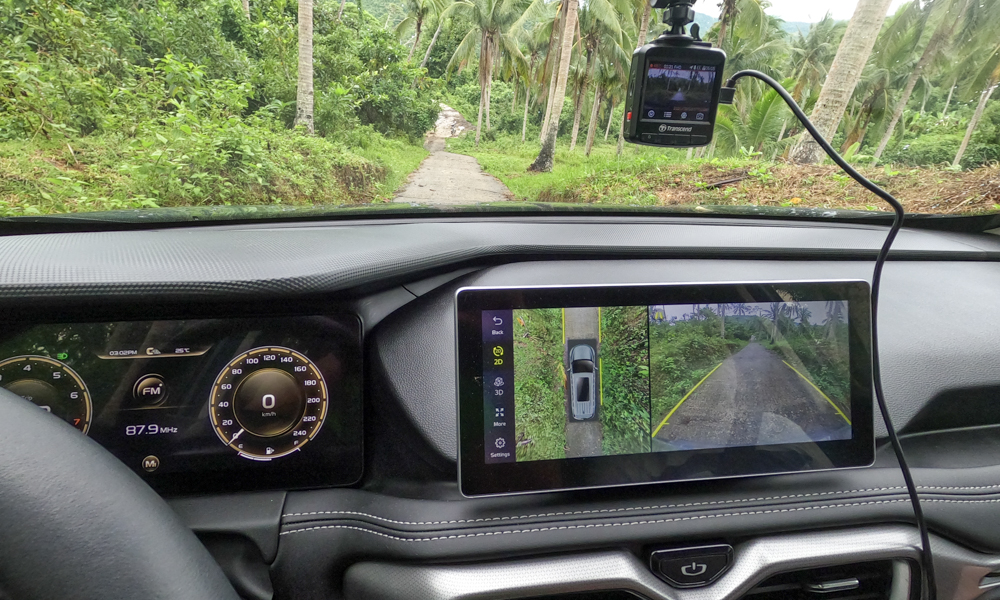
Finally, don’t be fooled into thinking it’s an SUV (or even a crossover), even though some folks might say so. The ground clearance is only 194mm, the overhangs are wagon-ish, and it’s only available in front-wheel drive with traction control. You could take it on mildly rough roads like I did, but nothing too adventurous. It’s an MPV, through and through.
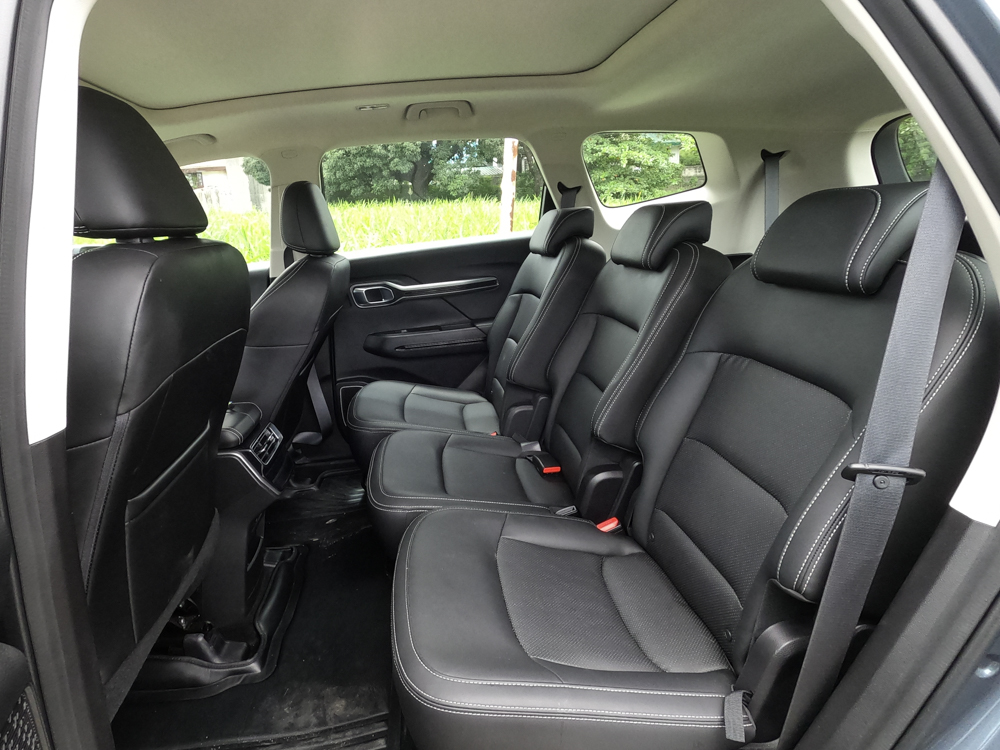
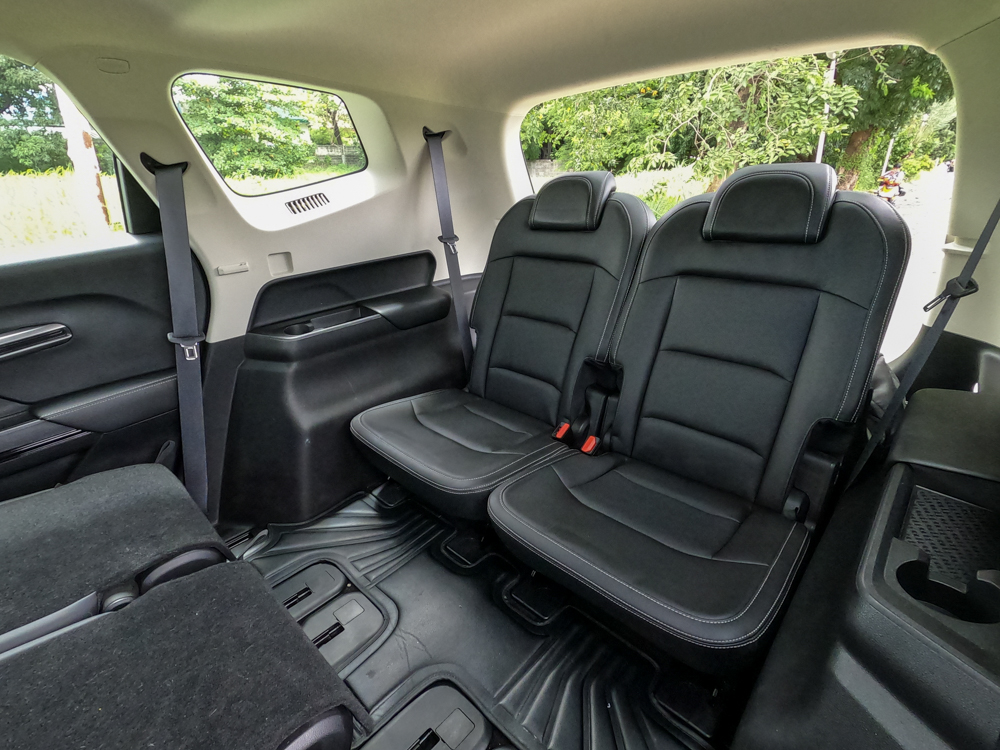
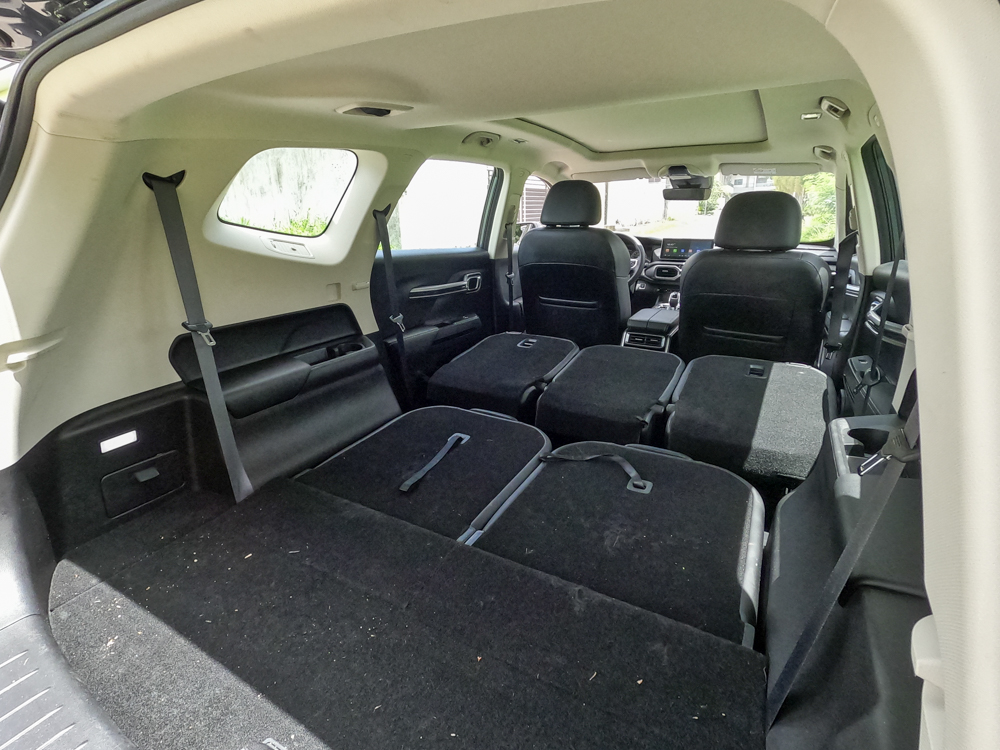
Geely has put a lot of features in the Okavango and wants P1,478,000 for it. Not steep by today’s standards especially when compared to rival Japanese models, but also not bargain-basement pricing. It also offers a five-year (or 150,000km) warranty on it. For those who are wondering about long-term ownership, the distributor is managed by Sojitz Corporation, which used to own 49% of Mitsubishi Motors Philippines. It’s a company with deep pockets that can support the brand for a long time, and is not some fly-by-night operator.
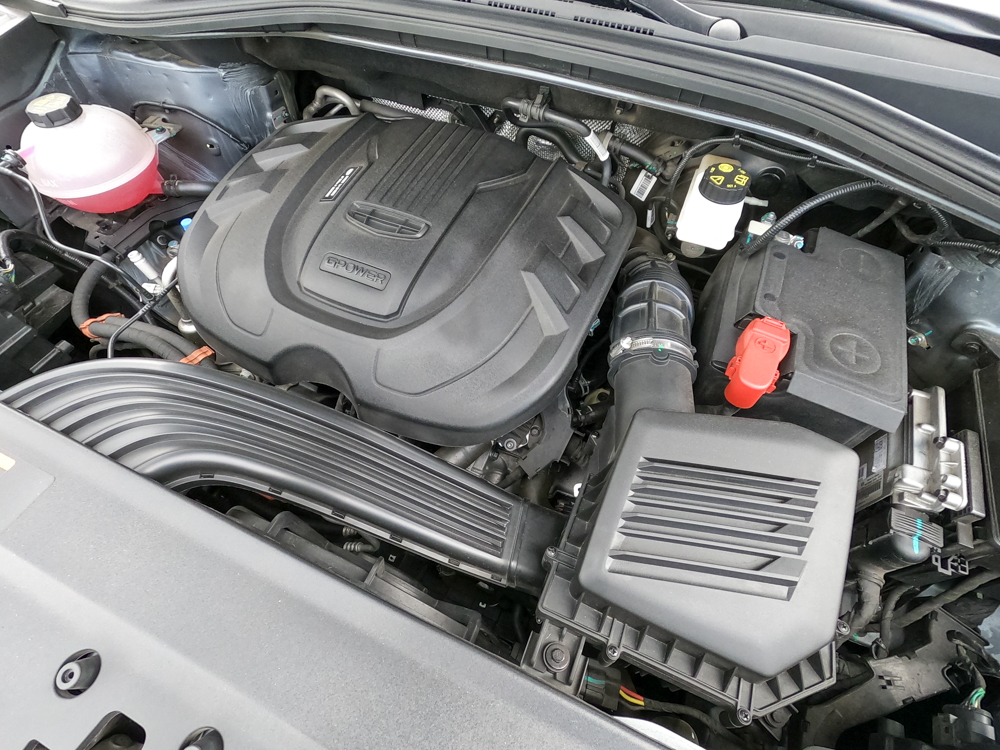
As nice and compelling a package as the Okavango is, conservative buyers will still be resistant to it because of its origins. But consumers who are more open to Chinese-engineered products will find a lot to like. It’s a lot of car for the money, and it looks and feels well built. Our 7,000km demo unit still smelled showroom fresh.
This brings to mind a conversation I had with a friend who deals with Chinese suppliers. Whether we like it or not, the People’s Republic manufactures the brunt of the world’s goods. Phones, bicycles, appliances, you name it, they’ve got it. “There are cheap Chinese products, and there are quality Chinese products. It all depends on how much you’re willing to pay for,” he said. The Okavango falls into the latter category.
GEELY OKAVANGO URBAN PLUS
| Engine | Mild hybrid 1.5-liter three-cylinder turbo gasoline with electric motor |
| Transmission | 7-speed dual-clutch |
| Power | 190hp @ 5,500rpm |
| Torque | 300Nm @ 1,500-4,000rpm |
| Dimensions | 4,835mm x 1,900mm x 1,785mm |
| Drive layout | FWD |
| Seating | 7 |
| Price | P1,478,000 |
| Upside | Serene ride, impressive fit and finish, and plenty of standard equipment. |
| Downside | The infotainment system is slight fussy, and the cabin lights seem dim. |


0 Comments